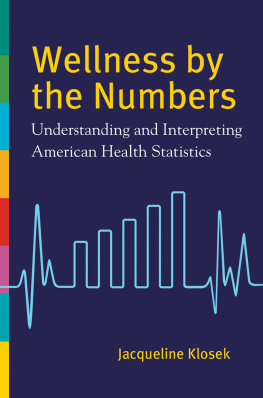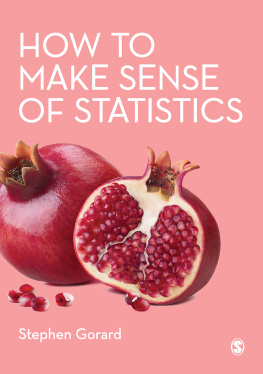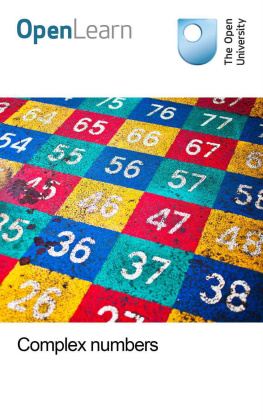Louis Rogers - Numbers: B2+
Here you can read online Louis Rogers - Numbers: B2+ full text of the book (entire story) in english for free. Download pdf and epub, get meaning, cover and reviews about this ebook. year: 2014, publisher: HarperCollins Publishers, genre: Children. Description of the work, (preface) as well as reviews are available. Best literature library LitArk.com created for fans of good reading and offers a wide selection of genres:
Romance novel
Science fiction
Adventure
Detective
Science
History
Home and family
Prose
Art
Politics
Computer
Non-fiction
Religion
Business
Children
Humor
Choose a favorite category and find really read worthwhile books. Enjoy immersion in the world of imagination, feel the emotions of the characters or learn something new for yourself, make an fascinating discovery.

- Book:Numbers: B2+
- Author:
- Publisher:HarperCollins Publishers
- Genre:
- Year:2014
- Rating:4 / 5
- Favourites:Add to favourites
- Your mark:
Numbers: B2+: summary, description and annotation
We offer to read an annotation, description, summary or preface (depends on what the author of the book "Numbers: B2+" wrote himself). If you haven't found the necessary information about the book — write in the comments, we will try to find it.
- conduct surveys
- evaluate and question results
- present numerical information clearly Collins Academic Skills Series: Numbers will help you to make the most of your time at university. Clear information and practical exercises Information on academic expectations understand the requirements of studying at university Helpful tips and summaries Answer key and glossary Numbers is part of a new six-book series to help international students achieve academic success at college or university. It is designed to support students who are studying, or preparing to study, at an English-speaking institution. Suitable for students whose level of English is Upper Intermediate / CEF level B2 / IELTS 5.5 and higher. Other titles in the Collins Academic Skills Series:Group Work
- Lectures
- Presenting
- Writing
- Research
Louis Rogers: author's other books
Who wrote Numbers: B2+? Find out the surname, the name of the author of the book and a list of all author's works by series.









 look at numbers in everyday life
look at numbers in everyday life